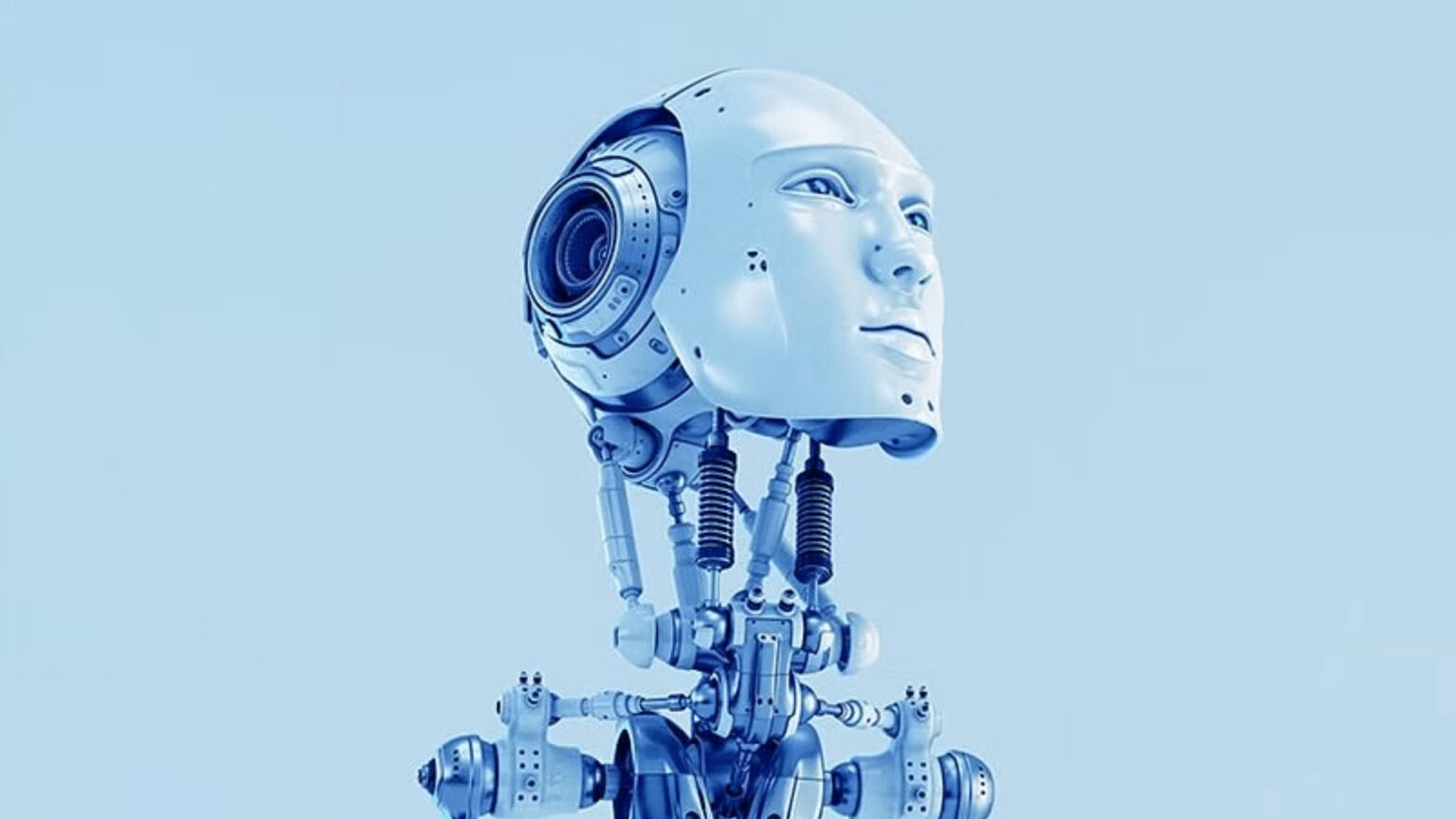In an era where technological advancements are reshaping industries, Gen AI is set to make a significant impact on various job sectors.
According to the latest research from Pearson, the influence of generative AI will be more pronounced in white-collar roles than in blue-collar positions over the next decade.
Also read: 1.4 Billion Workers Will Need Reskilling Due to AI Impact on Jobs: Study
The Differential Impact on Job Sectors
The study highlights a striking disparity in the potential integration of Gen AI across different job types. In white-collar professions, Gen AI is projected to automate or augment approximately 30% of tasks in India. This automation primarily targets repetitive tasks inherent in many administrative roles, such as scheduling and call management.
Notably, the most impacted jobs in India include accounting and bookkeeping clerks, word processor operators, and administrative secretaries. These positions face automation percentages ranging from 28% to 46%. Contrastingly, blue-collar roles, characterized by more creative, manual, and collaborative tasks, are less likely to be disrupted.
In India, the impact of Gen AI on blue-collar jobs is considerably lower, with less than 1% of a worker’s job scope being susceptible to automation. The jobs least affected include those with no tasks impacted by Gen AI, emphasizing the resilience of human-centric skills in these areas. The most impacted blue-collar jobs, such as weavers and bakers, show a relatively modest influence, with percentages not exceeding 17%.
Bridging the Gap: The Human-AI Synergy
The report emphasizes grasping AI’s role in reshaping the workforce. Essential for employees, this insight aids in strategic career planning and skill enhancement. Moreover, Pearson’s study clarifies a harmonious blend of AI and human capabilities. This fusion mainly benefits roles demanding creativity, effective communication, and leadership skills.
Such integration is designed to boost efficiency. By assigning routine tasks to AI, it frees individuals to concentrate on more significant, value-added activities. In addition, this approach not only streamlines workflows but also fosters an environment where human artistry and technological advancements work in tandem.
“Workers and employers should look at how they can ride this wave of change by using the best of AI and the best of human skills together.”
The objective is to optimize productivity while preserving the unique attributes of human workers. However, the question remains: How will the global workforce navigate and harness the potential of Gen AI to create a more efficient, innovative, and human-centered workplace?
Preparing for the Future of Work
According to Mike Howells, President of Pearson Workforce Skills, employees and employers must adapt to these changes as the workplace undergoes evolution. He emphasizes the necessity of a clear understanding of which jobs are at risk and the emergence of new opportunities.
“As employees look to the future, understanding which jobs are at risk from AI allows them to prepare. They should also consider where new roles might be created by Gen AI.”
This adaptation process, Howells notes, includes reevaluating job roles and responsibilities. Furthermore, he advocates for a focus on strengthening those uniquely human skills that AI cannot replicate, underscoring their significance in the evolving job market.
“Whether that is using the technology to take over repetitive tasks so people can focus on high-value activities or enhancing those uniquely human skills like creativity, communication, and leadership.”









 and then
and then